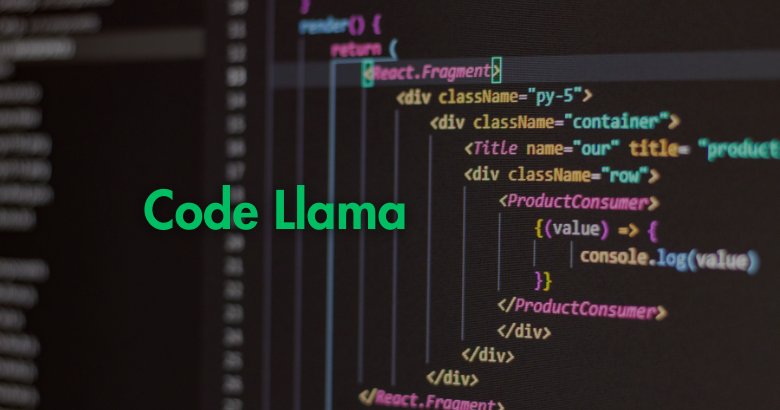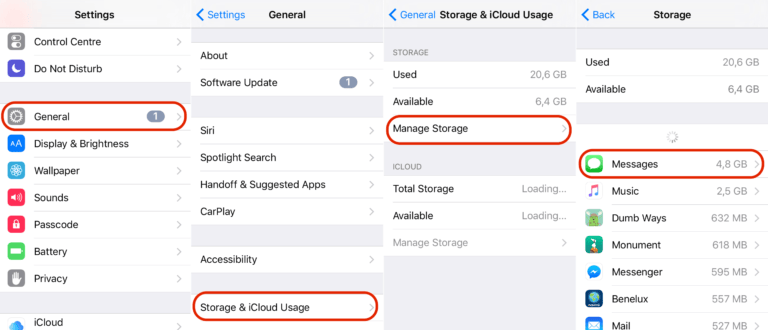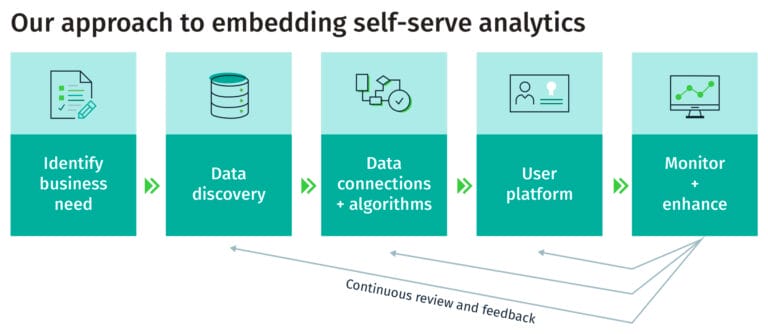
Meta, the tech giant formerly known as Facebook, has unveiled its latest innovation in the realm of generative AI: Code Llama.
This large language model (LLM) is designed to generate and discuss code based on text prompts, marking a significant advancement in the field of AI-driven coding.
What is Meta?
Meta, formerly known as Facebook Inc., is an American multinational technology conglomerate founded by Mark Zuckerberg in 2004. The company rebranded itself as Meta in October 2021 to reflect its broader focus beyond just the Facebook social media platform.
Originally, the company started as “The Facebook,” a social networking website for Harvard students. It quickly expanded to other universities and eventually to the general public. Over the years, Facebook Inc. acquired several other companies and developed various products.
The name “Meta” is derived from the term “metaverse,” a collective virtual shared space created by converging virtually enhanced physical reality and interactive digital spaces.
Mark Zuckerberg envisions the metaverse as the next significant evolution of the internet, where people can work, play, and socialize in immersive digital environments.
With the rebranding to Meta, the company aims to be at the forefront of creating the metaverse. They plan to invest heavily in augmented reality (AR), virtual reality (VR), and other technologies to make this vision a reality.
What is Code Llama?
Code Llama is a state-of-the-art LLM that can generate and discuss code using text prompts. It’s a specialized version of the previously released Llama 2 but with enhanced coding capabilities.
This model can generate code and natural language about code from both code and natural language prompts. For instance, if prompted with “Write me a function that outputs the Fibonacci sequence”, Code Llama can generate the corresponding code.
Features and Capabilities
- Diverse Language Support: Code Llama supports a plethora of popular programming languages, including Python, C++, Java, PHP, Typescript (Javascript), C#, Bash, and more.
- Multiple Model Sizes: Meta has released three sizes of Code Llama: 7B, 13B, and 34B parameters. Each model is trained with 500B tokens of code and code-related data. The 7B and 13B models also possess the fill-in-the-middle (FIM) capability, enabling them to insert code into existing code, facilitating tasks like real-time code completion.
- Specialized Variants: Two additional variations of Code Llama have been introduced: Code Llama – Python and Code Llama – Instruct. The former is specialized for Python, while the latter is fine-tuned for instruction-based tasks.
Performance Metrics
Meta’s benchmark testing revealed that Code Llama outperformed other open-source, code-specific LLMs. Specifically, the 34B model of Code Llama scored 53.7% on HumanEval and 56.2% on MBPP, showcasing its prowess in the domain.
Safety and Responsibility
Given the potential risks associated with AI models, Meta has undertaken extensive safety measures before releasing Code Llama. They conducted a quantitative evaluation of Code Llama’s risk of generating malicious code and found that it provided safer responses compared to other models like ChatGPT.
However, developers are advised to perform safety testing and tuning tailored to their specific applications of the model.
Open Source Approach
Meta’s decision to release Code Llama under an open-source license aligns with its belief in an open approach to AI. This approach not only fosters innovation but also ensures the safety and responsible development of AI tools.
By making code models like Code Llama publicly available, the broader community can evaluate their capabilities, identify potential issues, and address vulnerabilities.
Comparison with Other Tools
Code Llama joins the ranks of other AI-powered code generators like GitHub Copilot, Amazon CodeWhisperer, StarCoder, StableCode, and PolyCoder. However, its open-source nature and the backing of Meta’s extensive research and development set it apart.
The Future of Generative AI in Coding
The introduction of Code Llama signifies a paradigm shift in the world of coding. As AI models become more integrated into developer workflows, the focus can shift from repetitive tasks to more human-centric aspects of software development.
With tools like Code Llama, developers can potentially code faster, debug efficiently, and bring innovations to life more swiftly.
FAQ
1. What is Code Llama?
Code Llama is a state-of-the-art large language model (LLM) developed by Meta, designed to generate and discuss code based on text prompts.
2. How does Code Llama differ from Llama 2?
While Llama 2 is a general-purpose text-generating model, Code Llama is a specialized version with enhanced coding capabilities. It’s trained specifically to understand and generate code.
3. Which programming languages does Code Llama support?
Code Llama supports a wide range of popular programming languages, including Python, C++, Java, PHP, Typescript (Javascript), C#, Bash, and more.
4. Are there different versions of Code Llama?
Yes, Meta has released three sizes of Code Llama based on parameters: 7B, 13B, and 34B. Additionally, there are specialized variants like Code Llama – Python and Code Llama – Instruct.
5. How does Code Llama perform compared to other models?
In benchmark tests, the 34B model of Code Llama outperformed other open-source, code-specific LLMs, scoring 53.7% on HumanEval and 56.2% on MBPP.
6. Is Code Llama open-source?
Yes, Meta has released Code Llama under an open-source license, emphasizing their belief in an open approach to AI development.
7. How was Code Llama trained?
Code Llama was trained using the same dataset as Llama 2, but with a focus on the subset of the training data that included code. This allowed Code Llama to better understand the relationship between code and natural language.
8. Are there any safety concerns with using Code Llama?
While Meta has undertaken extensive safety measures, developers are advised to perform safety testing and tuning tailored to their specific applications of the model. There are inherent risks with any AI model, and Code Llama is no exception.
9. How does Code Llama compare to other AI-powered code generators?
Code Llama joins the ranks of other AI-powered code generators like GitHub Copilot and Amazon CodeWhisperer. However, its open-source nature and the extensive research backing from Meta set it apart.
10. What’s the future of Code Llama?
While it’s early days, the introduction of Code Llama signifies a paradigm shift in coding. As AI models become more integrated into developer workflows, tools like Code Llama will play a pivotal role in shaping the future of coding.
Code Llama is poised to make a significant impact in the realm of AI-driven coding. Its advanced features, combined with Meta’s commitment to open-source development, make it a promising tool for developers worldwide.
As the generative AI space continues to evolve, tools like Code Llama will undoubtedly play a pivotal role in shaping the future of coding.






